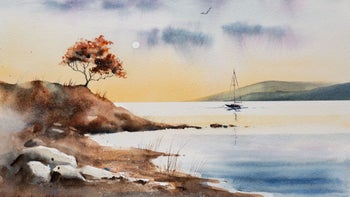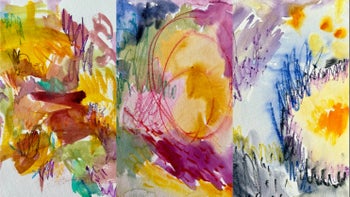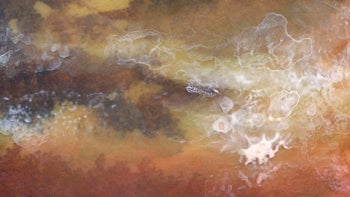
4

4

9

7

6

2

9

7

5

16

14

6

4

6

6

7

7

10

9

5

6

7

2

8

7

4

8

9

7

14

9

8

7

10

7

8

6

5

13

6

7

11

14

9

7

6

2

6

6

7

8

9

4

7

6

10

12

13

10

12

8

8

7

8

8

9

10

2

6

5

3

4

6

16

14

7

8

7

6

7

6

6

2

7

7

7

12

2

3

9

23

9

4

6

3

7

6

8

6

4

7

7

4

2

5

10

5

9

10

4

6

4

7

16

2

31

5

2

2

2

7

10

3

2

2

4

12

7

8

6

2

7

4

7

6

30

16

6

9

7

5

14

23

14

11

2

11

2

9
